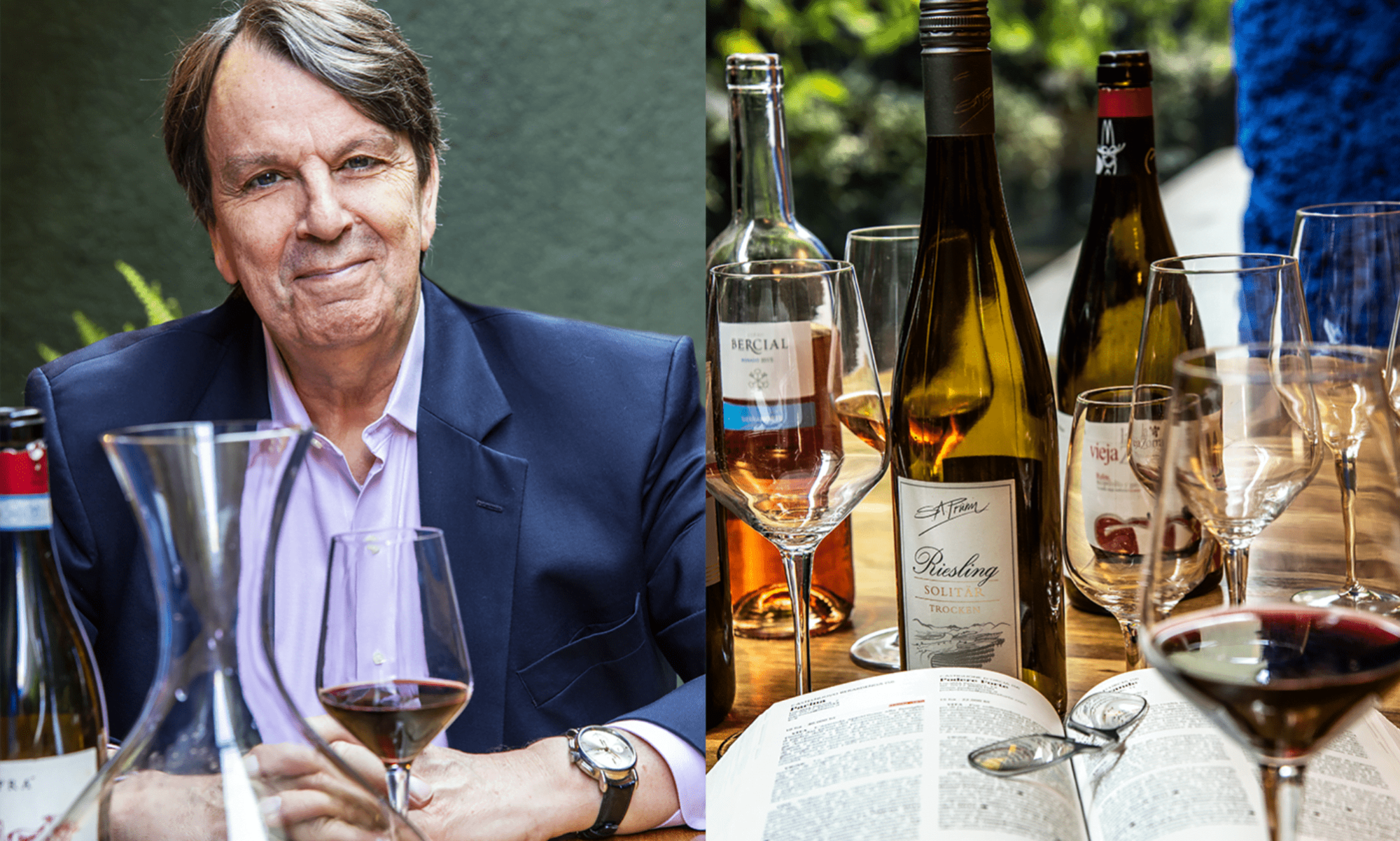ProWein is undoubtedly the largest wine fair in the world. It gathers thousands of exhibitors, and tens of thousands visitors of the wine business. It is always overwhelming. Three days of intense visits, talks, tastings. I have attended ProWein regularly since 2014 until 2019, wanted to attend the fair in 2020 when the organisers decided to cancel it in the last minute, due to the overall lockdown caused by COVID19. There was no ProWein fair in 2021. In 2022, it resumed, but at a small scale; I decided not to attend. So this year, ProWein 2023 after three years of abstinence, I went there again, with high expectations.
Transport to ProWein 2023 – less Visitors
Not sure what to begin with: the first day, I took public transport (oh yes, energy and climate conscious), which took me three times what I would have needed going by car. But that’s the contribution to saving the climate. So on the first day, I did not notice that the parking spaces were half empty, that there was not the usual traffic jam to get your car parked, that you did not have to fight for your space on the shuttle bus… On the second and third day, I became victim of the strike – public transport did not function. Expecting chaos, I managed to get to ProWein 2023 in much less time than expected. Fewer visitors than in 2019 and before – whatever the reasons. The Ukraine crisis certainly contributes, but there must be other factors.
Exhibitors and Listings
The number of exhibitors was probably quite high – frankly, I haven’t checked the statistics. But this aspect was the usual one: there is more to see, to discover, than you can possibly manage in three days. Finding a particular winery can be a challenge, if you don’t know beforehand where their stand is. Searching the ProWein 2023 database does not always bring the appropriate result, at least not when using the app. So there is room to improve. Some countries or regions had helped with special listings or catalogues – Austria, for instance, occupying pavilion 5, had a printed catalogue handed out, with every expositor listed. The Loire region also had a list of the wineries present, and regions, even indicating whether the winery is organic, biodynamic or HVE3 certified.
German wines strongly represented
Germany dominated pavilion 1 and also a major part, if not all, of pavilion 4. The VDP (Verband Deutscher Prädikatsweingüter) had a strong presence at ProWein 2023. Around half of their members had their stands in the VDP area. I tasted may wines…mainly Riesling, from different producers. Truly excellent – my preferred white grape. Mosel / Saar /Ruwer stands out, I like the freshness and the typicality of these Rieslings. Rheingau is also great, and so is Palatinate…and Nahe, and Rheinhessen…

Wines without alcohol appear to be a real trend. There was a large area reserved for them. I tried a Riesling, but to be honest, this is not for me. In the nose, the liquid you have in your glass promises, has notes that are typical of Riesling. On the palate, the freshness is also there. But then – where is the body? There is a big hole where you would normally have the volume of aromas on the palate… it’s a bit like a squeezed lemon juice, without sugar. And without grace, in my opinion.



















